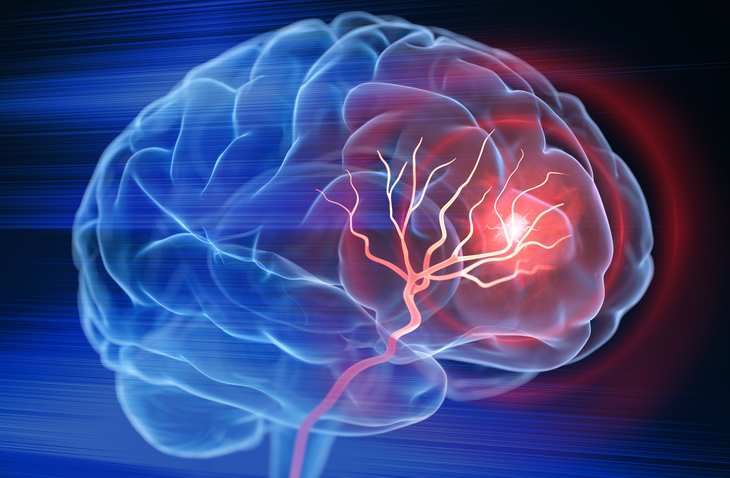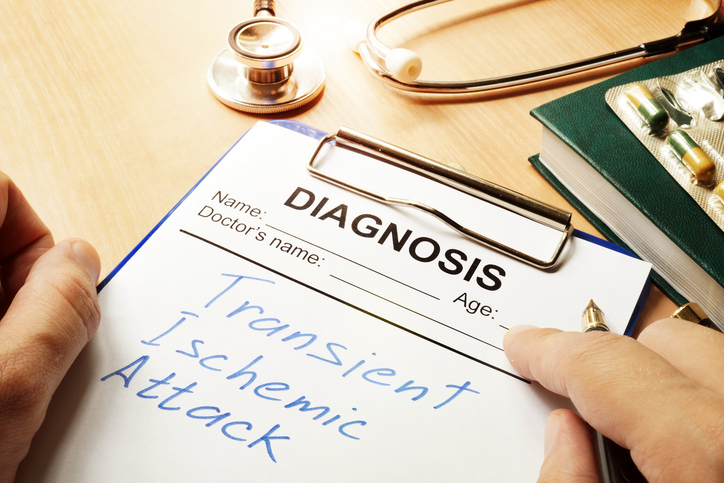
Despite a slight downward trend in the prescription of benzodiazepines in older adults over the past decade, there is still a considerable rate of first-time prescriptions of these medications given out to patients following an ischemic stroke, according to research newly published in the journal Stroke, the peer-reviewed scientific journal of the American Stroke Association, a division of the American Heart Association (AHA).
“We reviewed stroke survivors at 90 days after a stroke because that window of time is critical for rehabilitation of motor, speech and cognitive function, as well as mental health. It’s often a very difficult time for patients who experience loss of mobility and independence. Benzodiazepines may inhibit recovery and rehabilitation,” said study co-author Julianne Brooks, MPH., a data analytics manager at the Center for Value-based Healthcare and Sciences at Massachusetts General Brigham in Boston via a press release. “For this older age group, guidelines recommend that benzodiazepine prescriptions should be avoided if possible. However, there may be cases where benzodiazepines are prescribed to be used as needed. For example, to treat breakthrough anxiety, a provider may prescribe a few pills and counsel the patient that the medication should only be used as needed. The increased risks of dependence, falls and other harmful effects should be discussed with the patient.”
Following stroke, benzodiazepines are often used to alleviate anxiety and improve sleep quality. However, when prescribed to older adults, these medications may increase the risk of serious accidents such as falls and broken bones, and have negative cognitive effects like memory problems, and confusion. The U.S. Drug Enforcement Agency lists benzodiazepines as a schedule IV-controlled substance and have the potential for abuse, addiction, withdrawal and illegal distribution, as noted by the AHA.
In this study, researchers reviewed data from Medicare claims in the U.S. and assessed 10 years of first-time prescriptions for benzodiazepines among more than 120,000 older (aged 65 and above) stroke survivors. Subsequently, they assessed the rate of benzodiazepine prescriptions during the first three months following stroke, while adjusting for race, sex and ethnicity.
Following analysis, some of the key findings of this study were:
- Within 90 days of stroke, almost 5% of people were started on a benzodiazepine for the first time.
- Lorazepam (40%) and alprazolam (33%) were the most-prescribed benzodiazepine medications.
- Three-quarters of the first-time benzodiazepine prescriptions were for a supply of over seven days, and more than half of the prescriptions were for a supply between 15 to 30 days.
- Overall, prescription rates were highest in the Southeast (5.1%) and lowest in the Midwest (4%) of the U.S. “The Southeast region is the stroke belt with a higher rate of strokes, so that could explain some differences in care in that region,” Brooks noted.
- There was an overall modest nationwide decline of initial prescriptions from 2013 to 2021 of 1.6%.
“We found a pattern of potential oversupply with these initial benzodiazepine prescriptions, which would be enough for patients to become long-term users or possibly addicted. The benzodiazepine prescriptions given under these circumstances may lead to dependence,” Brooks said. “Increased awareness and improved recommendations about the risks of these medications for older stroke survivors are needed.







 © 2025 Mashup Media, LLC, a Formedics Property. All Rights Reserved.
© 2025 Mashup Media, LLC, a Formedics Property. All Rights Reserved.